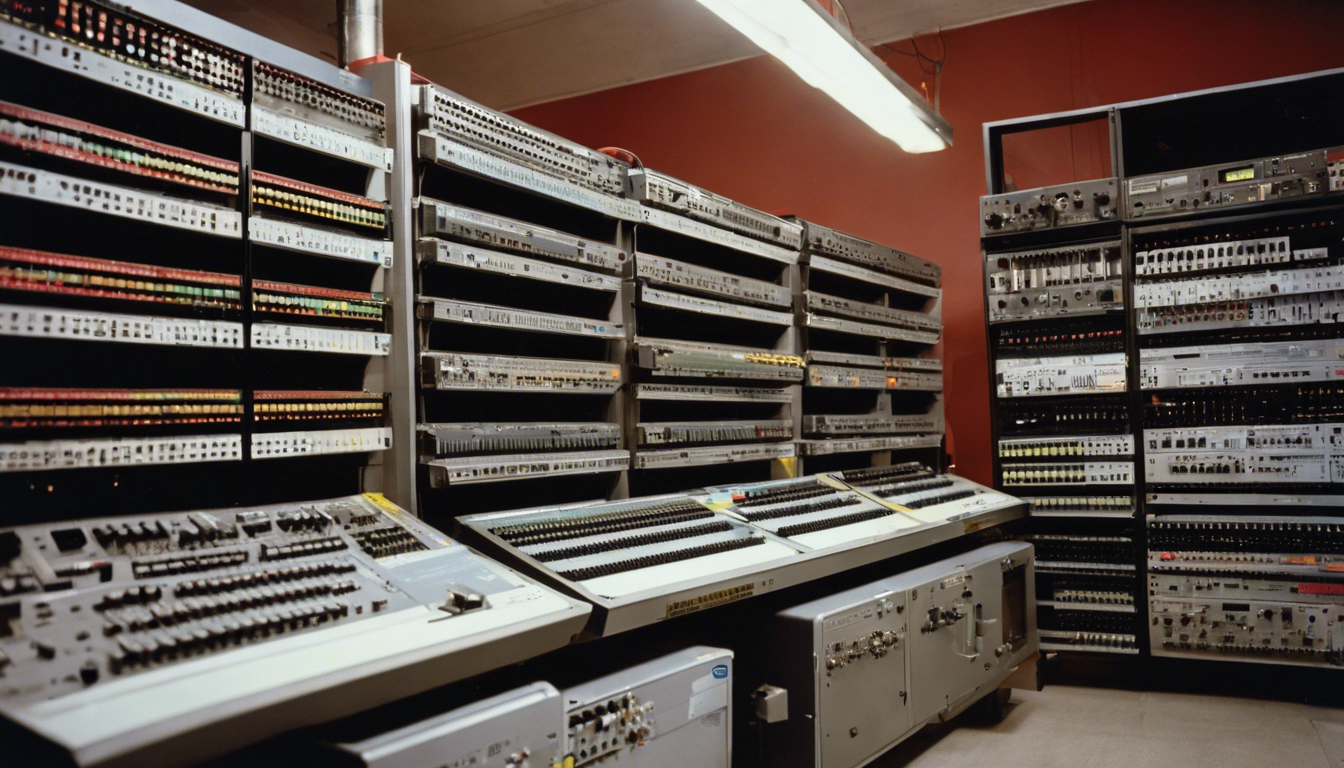Understanding Classes and Objects in Object-Oriented Programming
2023-12-23 | by reerr.com

In the world of programming, especially within the realm of object-oriented programming (OOP), two fundamental concepts often cause confusion for beginners: classes and objects. Understanding the difference between these two is crucial for anyone looking to develop their coding skills. This blog post aims to demystify these concepts, making them accessible and understandable.
What is a Class?
A class in programming is best understood as a blueprint or template from which objects are created. It’s a conceptual model that defines the properties (attributes) and behaviors (methods) that objects created from the class can have.
Characteristics of a Class:
- Blueprint for Objects: Think of a class as a sketch of a house that details all the components and functionalities but isn’t the house itself.
- Defines Properties and Behaviors: Classes define what attributes (like color, size, etc.) and methods (functions or actions) the objects will have.
- Reusable Code: Once a class is defined, it can be used to create multiple objects.
What is an Object?
An object is an instance of a class. When the class blueprint is utilized, an object is created with the defined properties and behaviors.
Characteristics of an Object:
- Instance of a Class: Objects are concrete manifestations of classes. If a class is a blueprint, the object is the actual house built using that blueprint.
- Unique Identity: Each object has its own unique identity and can have different values for its properties, even if it comes from the same class.
- Real-world Interaction: Objects are what you interact with in your code, such as a button on a website or a player in a game.
Understanding the Relationship
A class defines the type of object, but it is not the object itself. When you create an object, you instantiate a class. Objects of the same class share the same properties and behaviors but can have different property values.
Practical Example
Consider a class named Car. This class has properties like color, brand, and speed, and behaviors like drive() and brake(). When you create a new Car object, say myCar, you are creating an instance of the Car class. This myCar object will have its own color, brand, and speed.
Why It Matters
Understanding the difference between classes and objects is vital for:
- Effective Code Design: Knowing how to properly use classes and objects leads to more efficient, organized, and reusable code.
- Problem-solving: It helps in approaching problems with an OOP mindset, making complex problems more manageable.
Conclusion
Classes and Objects are foundational concepts in programming, particularly in OOP. A class is a blueprint, while an object is an instance of that blueprint. Grasping this distinction is key to developing robust and efficient software.
RELATED POSTS
View all


